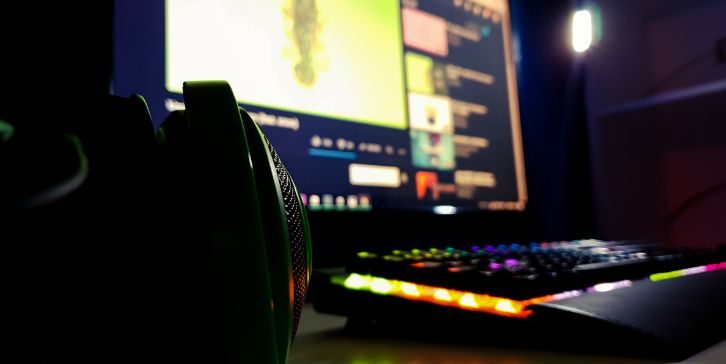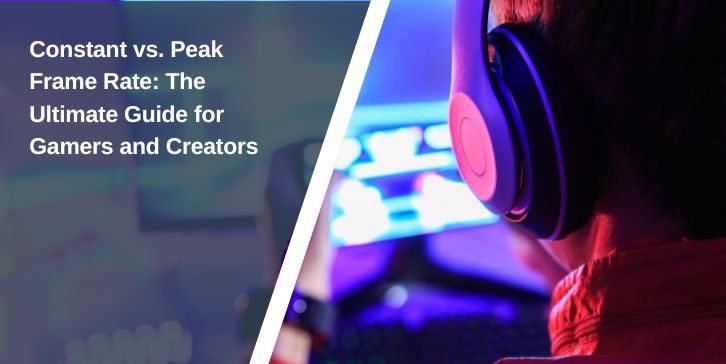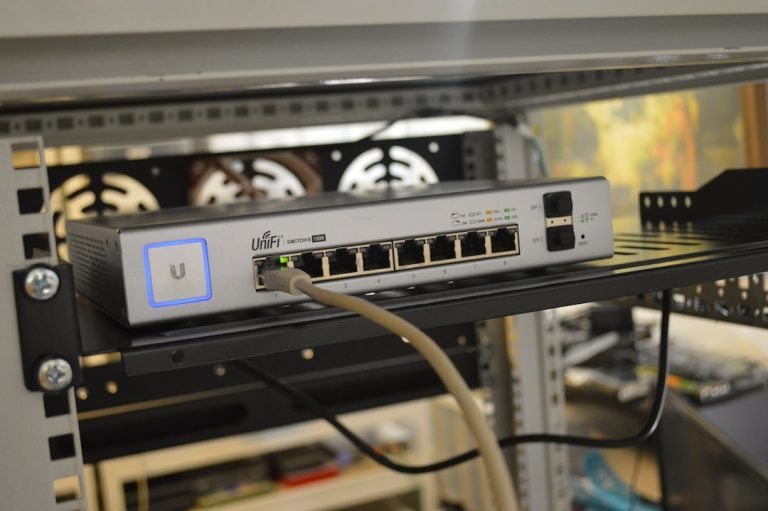If you’ve ever opened your video or game settings and seen the options for constant or peak frame rate, you’ve probably wondered what they mean. Don’t worry, you’re not the only one. The names might sound technical, but they’re easier to understand than they seem. And once you get them, choosing the right one for your setup becomes much simpler.
Whether you’re a gamer, a streamer, or someone editing videos, the frame rate setting you pick affects how smooth everything feels. It can even change how hot your device gets or how long your battery lasts. So yeah, it matters.
Let’s go over what each setting does, how they behave in real time, and when it’s best to use one over the other.
What is Constant Frame Rate (CFR)?
Constant frame rate means your system sticks to one number. If you pick sixty frames per second, that’s what you get, always. It won’t jump higher, and it won’t drop lower unless something seriously slows the system down. You’re telling it to stay steady no matter what.
This mode is great when you want things to stay predictable. For example, if you’re recording gameplay or streaming live, a constant rate keeps your video and audio in sync. Editors like it because it avoids timing problems when cutting footage.
In games, it keeps the action smooth. You won’t see those sudden slowdowns or weird speed-ups. It may not always give you the absolute best performance, but it gives you control, and that makes a big difference in how stable everything feels.
What is Peak Frame Rate (PFR)?
Peak frame rate works the opposite way. It lets your system run as fast as it can within a limit. So if your hardware has some headroom, it pushes the frame rate up. When things get heavier, it drops it back down. That means you can get higher performance, but it won’t be steady.
Some gamers love this mode because it helps push frames higher when possible. But it can come with issues. Since the system isn’t locked to one number, frame times can get inconsistent. That leads to stuttering, sudden changes in speed, or even overheating in some cases.
If your system is powerful and has good cooling, peak frame rate might feel smooth and sharp. But on laptops or compact machines, it can make fans go wild and drop battery life fast.
Functional Differences Between Constant and Peak Frame Rates

Constant frame rate is all about control. Every second, the system gives you the same number of frames. That means smooth movement, clean timing, and fewer surprises. If you like consistency or work with video files, this mode gives you a stable ride.
Peak frame rate is more about speed. It goes up when your system can handle it and pulls back when it can’t. That flexibility can boost frame rates in light scenes, but the back and forth can make things feel uneven. You might not notice it in slow games, but in fast action titles, those small jumps can be distracting.
The real difference is in how your system behaves under load. Constant holds steady and avoids pushing the system too hard. Peak chases speed but can strain your machine in the process.
Choosing the Right Frame Rate: Constant vs. Peak
If you’re streaming or recording, constant frame rate is usually better. It avoids those sync issues that can happen when the frame rate changes mid-recording. Editors will thank you, and viewers won’t notice skips or stutters.
For casual gaming or older systems, constant frame rate is a safe bet. It keeps things smooth and won’t cause as much heat or noise.
But if you’ve got a strong system and care more about pushing the highest performance you can, peak mode could be worth trying. You’ll likely get better frame rates in lighter scenes, though you might also see some jumps in how the game feels.
It really comes down to what you want. If you value smooth and steady, go constant. If you want max performance and can manage the heat, try peak.
Frame Rate Impact on Hardware and Thermals
Choosing between constant and peak frame rate isn’t just about how smooth your game or video looks. It also affects how your system behaves under the hood. Some settings push your hardware harder, while others help it stay cool and quiet.
Let’s look at how each mode impacts your CPU, GPU, and overall performance.
- Peak frame rate puts more load on your system because it’s always trying to push for higher performance
- Your CPU and GPU work harder, which increases power use and generates more heat
- On laptops, this often means loud fans and faster battery drain
- In some cases, the system may slow itself down to avoid overheating. This is called thermal throttling
- Constant frame rate keeps performance predictable, so your system doesn’t have to work as hard
- This results in lower temperatures, quieter operation, and longer battery life—especially on mobile devices
- If you’re using a desktop with strong airflow and cooling, the difference might not be noticeable
- But in tight spaces or warm environments, constant frame rate helps avoid overheating and keeps things stable
Constant vs Peak vs Variable Frame Rate

There’s another type of frame rate you might run into, and that’s variable frame rate. It’s common in mobile apps and streaming tools. This setting adjusts constantly, without trying to hit a set number or a peak.
Variable frame rate can be efficient, but it doesn’t work well with all software. Some editors struggle with it. Playback may feel uneven. It’s often best for simple videos or casual use.
Compared to that, constant and peak modes offer more control. Constant gives you balance and reliability. Peak offers power and flexibility. Variable floats in the middle, but it doesn’t always work the way you expect.
When to Contact Support for Frame Rate Issues?
Sometimes, no setting makes things work. Your app might still crash. Your system might freeze. Nothing feels right no matter what mode you choose. When that happens, you could be dealing with something beyond frame rate settings.
Before you contact support, check your drivers. Restart the system. Try a clean install. But if the problem stays, and especially if it’s affecting more than one app, call in the experts. You might be looking at a deeper software issue or even a hardware fault.
It’s okay to ask for help. Just make sure you’ve tested both settings first and have details ready about what you tried.
Preventing Future Frame Rate Problems
Getting ahead of frame rate issues saves time and stress. Keep your software and graphics drivers updated. Match your game’s frame rate to your monitor’s refresh rate whenever you can. That prevents tearing and keeps things synced.
Make sure your machine has room to breathe. Clean your vents. Use a fan when needed. If you’re using peak mode, give your system time to cool down between sessions. It’ll last longer and run better.
And always test frame rate modes when you start a new game or project. What works for one setup might feel off for another. Take the time to feel it out.
Conclusion
Choosing between constant and peak frame rate isn’t about right or wrong. It’s about what works for you. Constant gives you smooth, stable, and cool performance. Peak gives you higher speeds, but with more noise and risk.
If you care about balance, go with constant. If you want raw performance and your system can handle the heat, peak might give you an edge.
Try both. See what feels better. Then stick with what gives you the best experience. That’s how you make the right choice.




